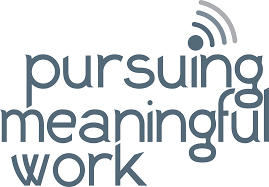 At the end of 2013 I thought I’d had the best year of my life.
At the end of 2013 I thought I’d had the best year of my life.
I thought I couldn’t top it but I just did. Now that 2014 is over, I’ve had the best year of my life, again.
It wasn’t an easy year. It was probably the hardest and most fulfilling. I finished co-authoring Get Big Things Done: The Power of Connectional Intelligence. Cotential, my consulting business, gained more clients, and I moved back to New York with my husband. We settled back into the big city and now I’m gearing up for my book launch in February.
And so, to celebrate a new year and the end of a great year, here’s a roundup of my writing and media appearances from 2014:
How You Can use Youtube to Turn Your Passion into a Career in Forbes
Inside the Minds of Biz-Savvy Millenials in Fortune
How to Connect Intelligently over the Holidays in Linkedin
Women in the Workplace in HuffPostLive
Why Did the ALS Ice Bucket Challenge Go Viral? in Linkedin
How Chevy Turned an Epic Fail into a Social Media Success in Forbes
How Much Should You Invest in Young Talent? in Chief Learning Officer Magazine
The Power of Connection on Work Life Radio
How to Create High Quality Connections at Your Next Event in LinkedIn
6 Steps for Getting Noticed in Any Setting on FOX Business
Why You Don't Need to Be an Inventor to Be an Innovator
6 Ways to Improve Your Next Conference
Why the Crowd is the Ultimate Engine of Creativity
What the Art Museum Can Teach Us About Innovation
6 Ways to Improve Your Next Conference
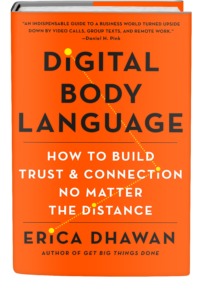
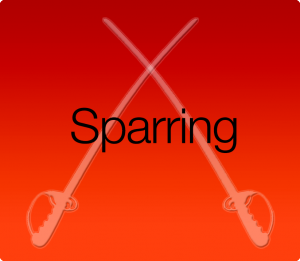
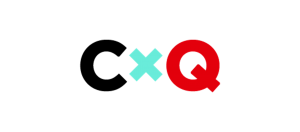
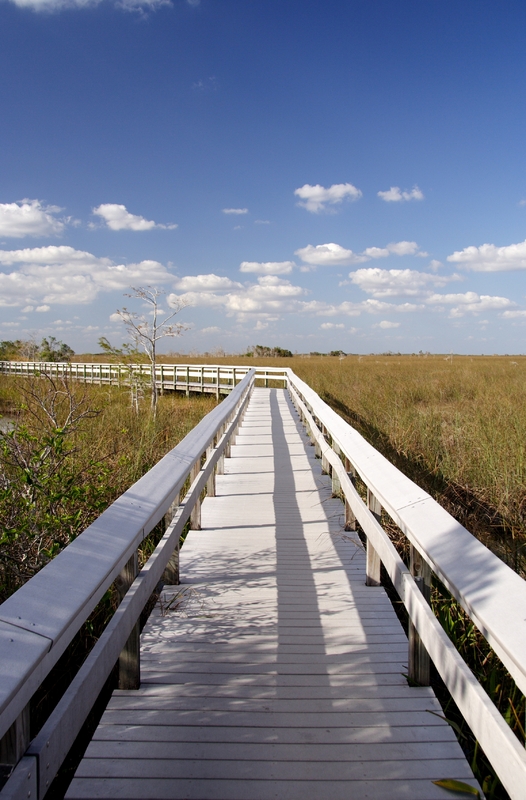 I've spent the last three weeks on the West Coast, first at Downtown Project, then HATCHfest, then Summit Series weekend and wanted to give a real update on me (given my delayed blogging this month).
I've spent the last three weeks on the West Coast, first at Downtown Project, then HATCHfest, then Summit Series weekend and wanted to give a real update on me (given my delayed blogging this month).

